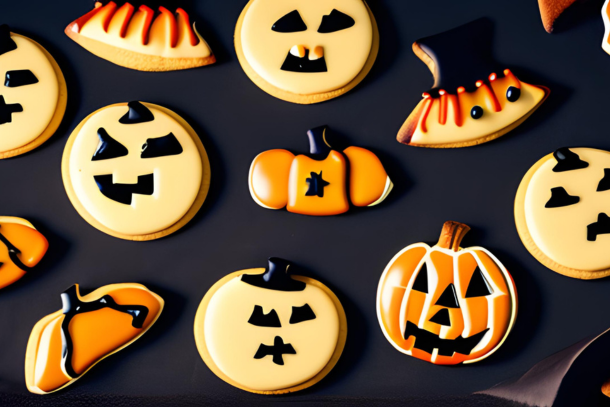Hot Cross Buns This Easter: A Timeless Tradition of Baking and Sharing
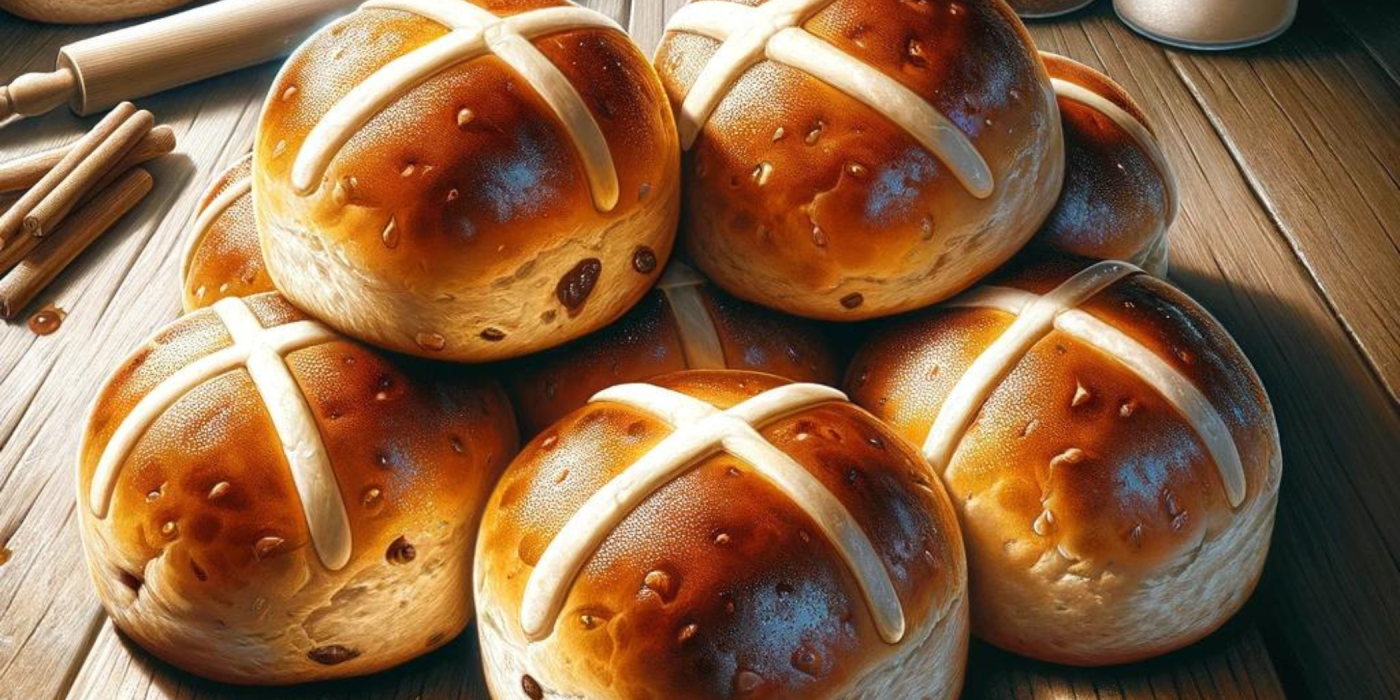
Hot cross buns are an indispensable part of the Easter celebrations in the United Kingdom, embodying a rich tapestry of history and tradition.
These spiced, sweet buns, marked with a cross on top, are not just a treat; they are a symbol of the season, deeply interwoven with the cultural fabric of Easter festivities. Savoured across the country, hot cross buns bring a sense of nostalgia and communal spirit, making them a must-have on any Easter table.
A Storied Tradition
The origins of hot cross buns date back to the pagan times, but they were later adopted by Christian traditions to symbolise the crucifixion and resurrection of Jesus Christ. The cross topping the buns represents the crucifix, while the spices inside signify the spices used to embalm Christ at his burial. Through the ages, these buns have been imbued with various folklore and superstitions, each adding a layer to their rich historical tapestry. From ensuring friendship and loyalty to warding off evil spirits, hot cross buns carry a multitude of meanings and beliefs.
Our Guide to Easter Enjoyment
This article aims to provide our readers with a comprehensive guide to making and relishing hot cross buns this Easter. Whether you're a seasoned baker or trying your hand at these for the first time, we'll walk you through the traditions, the recipe, and the joy these buns can bring to your Easter celebrations. Join us in exploring the delicious world of hot cross buns and make your Easter even more special.
The History and Significance of Hot Cross Buns
Origins and Easter Symbolism
Hot cross buns, with their distinctive cross on top, are not just a delightful treat; they carry centuries of history and tradition. Originating from pagan traditions, these buns were later adopted by Christians to symbolise the crucifixion of Jesus Christ, with the cross representing the crucifix and the spices inside signifying the spices used to embalm Him. This transformation marked the beginning of hot cross buns as an indelible part of Easter celebrations, particularly in the UK, where they are consumed on Good Friday, marking the end of Lent.
Traditional Beliefs and Superstitions
Hot cross buns are steeped in a myriad of beliefs and superstitions. One of the most enduring is the idea that a bun baked on Good Friday will not spoil or mould throughout the following year, symbolising lasting sustenance. Furthermore, it was believed that these buns could protect homes from evil spirits and ensure that all bread made in the year would rise beautifully and taste delicious. Sailors would carry them on voyages to prevent shipwrecks, and families would hang them in kitchens as a token of good luck and to foster unity throughout the year.
Embracing and Evolving Traditions
In modern times, the tradition of baking and sharing hot cross buns has been embraced and adapted by cultures around the world, becoming more than just a religious symbol. Today, they are a fixture in Easter celebrations, with variations in recipes reflecting local tastes and ingredients. The essence of sharing remains at the heart of the tradition, with people coming together to enjoy these sweet, spiced buns, continuing a centuries-old tradition that celebrates renewal, rebirth, and community.
Essential Ingredients for Hot Cross Buns
The Foundation of Flavour
At the heart of every batch of hot cross buns are key ingredients that combine to create a rich, spiced, and subtly sweet dough. These include strong bread flour, which gives the buns their structure and chewiness. Fresh yeast or dried yeast is essential for leavening, creating light and airy buns with a soft crumb. Milk, often warmed, enriches the dough, adding a tender texture and a hint of sweetness, while butter introduces a luxurious richness.
Sugar sweetens the dough, balancing the spices, and eggs contribute to the richness and colour of the buns. The traditional spice blend typically includes cinnamon and nutmeg, providing warmth and depth of flavour. These spices are at the soul of the hot cross bun's characteristic taste.
Fruit and Zest: A Burst of Tradition
Sultanas, currants, or raisins are integral to hot cross buns, offering bursts of sweetness throughout. Mixed peel adds a tangy brightness, contrasting beautifully with the dough's spiced undertones. The zest of an orange or lemon can also be included to enhance the buns with a fragrant citrus note, elevating the overall flavour profile.
Dietary Variations
For those with dietary restrictions, several substitutions ensure hot cross buns remain on the Easter menu. Gluten-free bread flour is an excellent alternative for coeliacs, while plant-based milk and butter substitutes allow vegans to enjoy these Easter treats. Egg replacements, such as flaxseed or chia seed mixtures, can mimic the binding properties of eggs.
Each ingredient in a hot cross bun recipe plays a pivotal role, contributing to the taste, texture, and aroma that make these buns an Easter favourite. Whether sticking to tradition or adapting the recipe for dietary needs, the essence of hot cross buns—a symbol of celebration and togetherness—remains unchanged.
Step-by-Step Recipe for Perfect Hot Cross Buns
Preparing the Dough
Begin by mixing your dry ingredients—flour, sugar, spices, and yeast—in a large bowl. Make a well in the centre and add in your wet ingredients: warmed milk, melted butter, and an egg. Stir together to form a sticky dough.
Kneading the Dough
Turn the dough out onto a floured surface and knead for about 10 minutes until it's smooth and elastic. Kneading is crucial for developing the gluten, which gives the buns their soft, fluffy texture. If the dough sticks to your hands, add a little more flour, but be careful not to make it too dry.
Proofing the Dough
Place the kneaded dough in a greased bowl, covering it with a clean tea towel. Let it rise in a warm place for 1 to 2 hours, or until doubled in size. This proofing stage is essential for developing the flavour and texture of the buns.
Shaping and Second Proofing
Once risen, punch down the dough gently, then divide and shape it into buns. Place these on a baking tray, cover again, and let them rise for another hour.
Piping the Crosses
Mix a little flour and water to make a thick paste. Spoon it into a piping bag and pipe crosses over the buns. For simplicity, you can also use a sharp knife to etch crosses into the dough.
Baking
Bake the buns in a preheated oven until golden brown. The exact time will depend on your oven, so keep an eye on them.
The Perfect Glaze
While the buns are still warm, brush them with a simple glaze made from sugar and water. This not only adds sweetness but also gives them a shiny, appetising finish.
By following these steps carefully, you'll achieve delicious, perfect hot cross buns that are sure to be a hit this Easter.
Customising Your Hot Cross Buns
Exploring Variations
The classic hot cross bun, with its spicy, fruity dough and distinctive cross, is a beloved Easter tradition. Yet, there's ample room for creativity within this tradition. By introducing different types of dried fruits such as cranberries, apricots, or figs, you can add a unique twist to your buns. Each type of fruit not only brings its own flavour but also varying textures and bursts of colour.
Spice It Up
Spices are at the heart of what gives hot cross buns their signature warmth and aroma. While cinnamon and nutmeg are traditional, why not experiment with cardamom or allspice for a change? A pinch of ginger can add a subtle heat, while vanilla offers a sweet, aromatic depth. Mixing and matching spices can transform your buns into a new experience while still keeping the spirit of the Easter season.
Glaze and Cross Variations
The classic hot cross bun is finished with a sticky glaze and a flour paste cross. However, this is another area where you can be creative. For the glaze, consider orange or lemon zest to add a citrusy punch, or even a coffee glaze for a richer flavour. As for the cross, a simple icing sugar and water mixture can offer a sweeter contrast to the spiced bun beneath.
Encouraging culinary experimentation allows us to keep traditions alive while also making them our own. This Easter, take the opportunity to customise your hot cross buns, adding personal touches that reflect your taste and creativity. After all, it's these personal twists that can turn a classic recipe into something uniquely memorable.
Pairing and Serving Suggestions
Traditional Accompaniments
Hot cross buns, with their spiced, fruity aroma, are traditionally enjoyed in the UK with a generous slather of butter, melting into the warm, fluffy bun. For a truly indulgent experience, consider serving them fresh from the oven, allowing the heat to soften the butter for a sumptuous treat. Another classic pairing is with mature Cheddar cheese, offering a delightful contrast of sweet and savoury flavours that many find irresistible.
Innovative Pairings
For those seeking to experiment beyond traditional tastes, hot cross buns offer a versatile base for a variety of innovative pairings. Try serving them with a dollop of clotted cream and a spoonful of strawberry jam for a twist on the classic cream tea. Alternatively, for a more savoury option, bacon or a slice of ham can create a satisfying contrast against the bun's sweetness, perfect for a hearty Easter brunch.
Enjoyment Throughout the Day
Hot cross buns are not just for breakfast; they can be savoured at all times during the Easter period. In the morning, a toasted hot cross bun with butter and a cup of tea makes for a comforting start to the day. Midday, they can be a sweet snack to tide you over until dinner. In the evening, consider pairing them with a glass of mulled wine or a hot chocolate as a warming nightcap. The versatility of hot cross buns makes them a delightful treat, capable of bringing joy and comfort throughout the entire Easter holiday.
Hot Cross Buns: More Than Just a Recipe
The Heart of Easter Celebrations
Hot cross buns, with their distinctive crosses and aromatic spices, are much more than a mere recipe; they are a symbol deeply ingrained in the fabric of Easter celebrations across the UK. These delightful buns are not only a treat to the palate but also carry centuries of history, symbolising hope, new beginnings, and the shared joy of family gatherings. As we bite into the soft, spiced bun, we're not just tasting the fruits, spices, and dough; we're partaking in a tradition that has been passed down through generations.
A Tapestry of Family Traditions
For many, the process of baking hot cross buns during the Easter period is a cherished ritual, a time for families to come together in the kitchen, sharing stories of past Easters while creating new memories. Each family tends to have its own unique twist on the recipe or a special way of serving them, whether it's a secret ingredient passed down from a great-grandparent or a modern adaptation to suit contemporary tastes.
Sharing and Inspiration
We invite you, our readers, to share in this rich tradition by contributing your own experiences and variations of the hot cross buns recipe in the comments section below. Do you have a family heirloom recipe for hot cross buns, or perhaps a new tradition that you've started with your loved ones? How do hot cross buns feature in your Easter celebrations? Your stories and traditions enrich our collective experience, reminding us that hot cross buns are indeed much more than just a recipe; they're a celebration of heritage, family, and the joyous spirit of Easter.
Celebrating the Tradition
Embracing the Joy of Baking
Baking hot cross buns during Easter is more than just following a recipe; it's about embracing a cherished tradition that brings families and communities together. The aroma of warm spices filling the kitchen, the anticipation of biting into a freshly baked bun, and the joy of sharing these treats with loved ones all contribute to the magic of the Easter season.
Honouring Tradition, Exploring Creativity
As we conclude our journey through the art of making hot cross buns, we invite you to immerse yourself in the joy and nostalgia of this time-honoured tradition. Whether you choose to stick to the classic recipe passed down through generations or venture into the realm of experimentation with new flavours and techniques, the essence of Easter baking remains unchanged: it's a celebration of togetherness, gratitude, and renewal.
Encouraging Participation
Join the Tradition
We encourage each of our readers to partake in the tradition of baking and sharing hot cross buns this Easter. Whether you're an experienced baker or just starting out, the process of making these delightful treats is sure to fill your heart and home with warmth and happiness. So gather your ingredients, preheat your oven, and let the magic of Easter unfold in your kitchen.
Continuing the Legacy
Passing Down the Tradition
As we look ahead to future Easter celebrations, let's remember the importance of preserving and passing down cherished traditions like baking hot cross buns. Whether it's teaching a child the art of kneading dough or sharing a batch of freshly baked buns with a neighbour, let's keep the spirit of Easter alive in our hearts and homes.
Wishing You a Joyous Easter
From our kitchen to yours, we wish you a joyous Easter filled with love, laughter, and plenty of delicious hot cross buns. May this season be a time of renewal and blessings for you and your loved ones. Happy baking!
Related to this article are the following:
I do hope you have enjoyed this article and hope that you will subscribe to my newsletter so you can get the latest information about all things naturally relaxing.
Stay in touch, join the Naturally Relaxing Newsletter
Newsletter Signup
Post Your Comments
or post as a guest
Be the first to comment.
Latest articles in Food
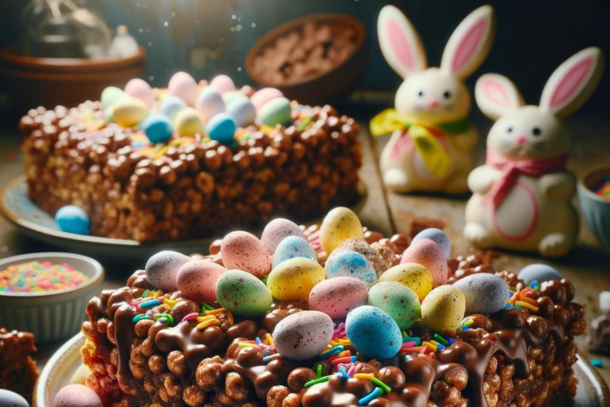
Chocolate Krispie Cakes for Easter: A Simple, Festive Treat for All
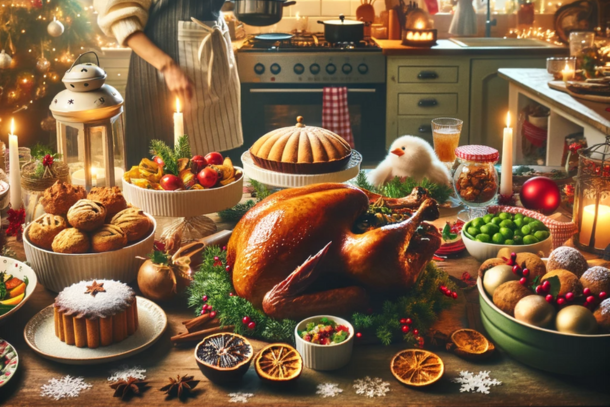
2023 Christmas Culinary Delights: Recipes for the Ultimate Festive Feast
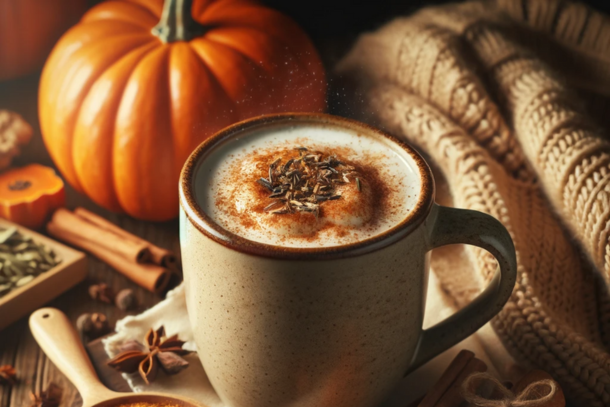
Embrace Autumn with the Best Pumpkin Spice Recipes in the UK
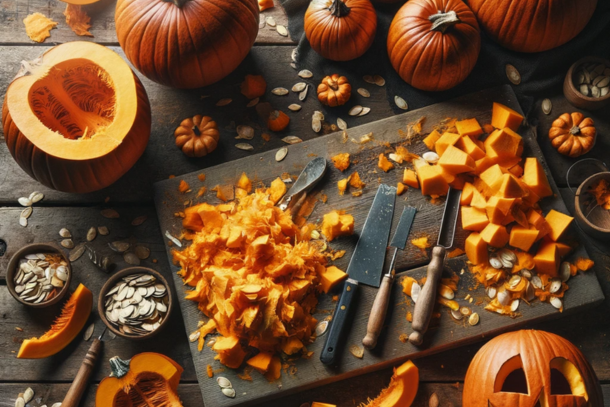
Turning Pumpkin Carvings into Pumpkin Pie: A British Culinary Tradition

A Beginner's Guide to Making Pumpkin Pie
